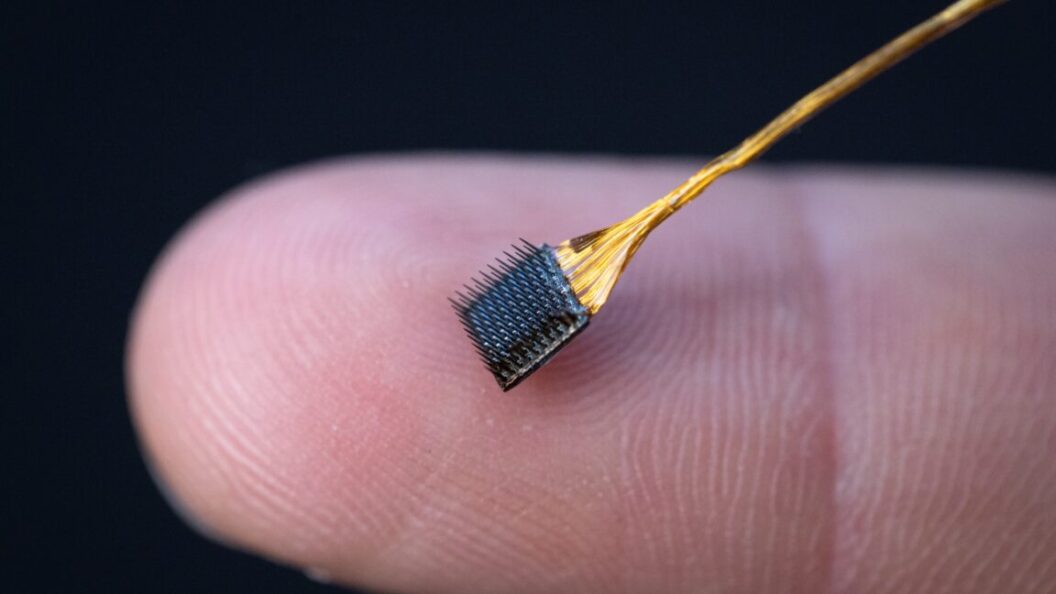Breakthrough in Brain-Computer Interfaces: A Glimpse into Inner Speech Decoding
In a pioneering advancement, researchers have developed a brain-computer interface (BCI) that decodes inner speech, providing insights into its potential applications for individuals with speech impairments. This research opens up powerful avenues for communication technologies, though it also highlights significant limitations in current methodologies.
Initial Testing and Accuracy
Following the establishment of mental privacy safeguards, the research team began testing their inner speech decoding system. Participants, who were presented with short sentences displayed on a screen, imagined articulating these phrases. The results showed a commendable 86% accuracy with a limited vocabulary of just 50 words. However, when the vocabulary was expanded to 125,000 words, accuracy declined to 74%. This demonstrates the trade-off between vocabulary size and decoding precision, revealing the challenges of processing complex speech patterns.
Challenges with Unstructured Speech
The team subsequently explored the interface’s ability to decode unstructured inner speech. An initial test involved participants following a sequence of arrows shown on a screen and mentally repeating the sequence (e.g., "up, right, up"). Surprisingly, the performance barely surpassed chance levels, indicating that the technology struggles with more intricate mental tasks. This limitation became even more apparent when participants attempted to think of personal phrases, such as their favorite food or a memorable movie quote. According to lead researcher Krasa, “What came out of the decoder was kind of gibberish.”
Proof of Concept and Future Directions
Despite these shortcomings, the inner speech neural prosthesis serves as a crucial proof of concept. “We didn’t think this would be possible, but we did it and that’s exciting!” Krasa remarked. However, he cautioned that the high error rates prevent practical daily use. He speculated that hardware issues, such as the number of implanted electrodes and the precision with which neural signals are recorded, contribute to this challenge. Furthermore, he suggested that inner speech might be better represented in brain regions beyond the motor cortex.
Next Steps in Research
Krasa’s team is actively pursuing two promising projects stemming from this research. The first aims to evaluate how swiftly an inner speech BCI can operate compared to traditional speech attempts. The second project focuses on individuals with aphasia, a condition where individuals can control their mouths but struggle to produce speech. “We want to assess if inner speech decoding would help them,” Krasa noted.
Significance and Implications
The implications of this research extend beyond academic interest, potentially impacting the lives of individuals with speech disabilities. Enhanced BCIs could transform assistive communication devices, allowing users to express thoughts directly from their minds. However, the technology’s current limitations necessitate further development before it can be widely adopted.
In conclusion, while the decoding of inner speech represents a significant stride in neuroscience and technology, researchers are aware of the hurdles that lie ahead. The ongoing efforts to refine this technology could pave the way for unprecedented advancements in communication for those affected by speech disorders, thereby unlocking a new chapter in assistive technology development. As researchers continue to explore and address these challenges, the vision of seamless communication through thought appears to draw closer, yet the journey remains complex and multifaceted.









